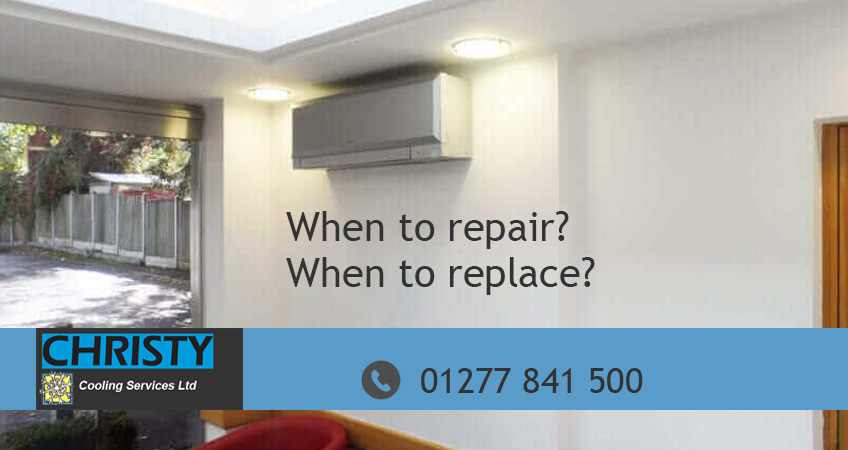Gain Understandings Right Into Making Certain The Efficiency And Longevity Of Your Heatpump System By Steering Clear Of Common Installation Mistakes
Gain Understandings Right Into Making Certain The Efficiency And Longevity Of Your Heatpump System By Steering Clear Of Common Installation Mistakes
Blog Article
Article Created By-Saunders Gillespie
When setting up a heatpump, you should avoid typical mistakes that might threaten its effectiveness. Neglecting correct sizing may result in inefficiencies and higher utility costs. Disregarding insulation and sealing could result in energy wastefulness and strain on the system. In addition, placing the outdoor unit improperly might affect its performance. By avoiding these mistakes, you can guarantee optimal operating and resilience of your heatpump system.
Improper Sizing of Heat Pump
When it pertains to the installation of heat pumps, one of one of the most usual blunders is improperly sizing the system for your room. Making certain the right dimension is critical for ideal performance. If the heatpump is too little, it will battle to warmth or cool your area successfully, leading to enhanced energy bills and potential wear and tear on the system.
On the other hand, if the heatpump is as well huge, it will certainly cycle on and off frequently, creating temperature fluctuations and lowering its life-span.
To prevent this error, it's essential to have a professional assess your area and recommend the appropriate dimension of the heat pump based upon elements like square video, insulation, ceiling height, and local climate. By investing the moment and initiative to ensure the appropriate sizing, you can appreciate a comfortable environment while taking full advantage of energy performance and lengthening the life-span of your heat pump.
Inadequate Insulation and Sealing
To make sure the reliable operation of your heatpump, it's important to attend to inadequate insulation and securing in your area. Appropriate insulation aids keep a consistent temperature level inside your home, decreasing the workload on your heatpump. Poor insulation can lead to power loss, making your heat pump work harder and less efficiently.
Sealing any kind of voids or leakages in your room is just as important. These voids permit conditioned air to run away and outdoor air to permeate in, forcing your heatpump to make up for the temperature fluctuations.
Incorrect Positioning of Outdoor Device
Dealing with the placement of your heat pump's exterior system is vital to enhancing its performance. Mounting the exterior system in an inaccurate area can cause performance problems and potential damages to the device.
One common mistake to stay clear of is putting the outside system also close to a wall or various other structures. This can limit airflow, creating the unit to function more challenging to warmth or cool your room, eventually reducing its efficiency and lifespan.
https://www.wnep.com/article/news/local/luzerne-county/tips-to-get-the-most-miles-for-your-money-t-and-f-tire-tranguch-mileage-gas-prices/523-2bb00194-d0b4-467f-a117-187703784904 to avoid is positioning the outside system in direct sunlight. While some sunlight is unavoidable, too much exposure can lead to getting too hot, particularly during hot summer season days. It's finest to position the exterior system in a shaded location to assist preserve its ideal operating temperature level.
Additionally, see to it that the outdoor system is positioned on a secure and level surface. https://besthvacairconditioningco76431.blogitright.com/31307299/fascinated-by-the-future-of-heatpump-modern-technology-learn-how-it-can-change-your-home-comfort-and-power-efficiency can cause vibrations and unnecessary stress on the unit, impacting its performance in time.
Conclusion
To conclude, preventing typical blunders during heatpump installation is crucial for maximizing performance and long life of your system. By making sure appropriate sizing, appropriate insulation, securing, and appropriate placement of the outside system, you can prevent issues such as inadequacies, raised power expenses, and pressure on the system. Putting in the time to address these crucial aspects will inevitably save you time and money over time.
